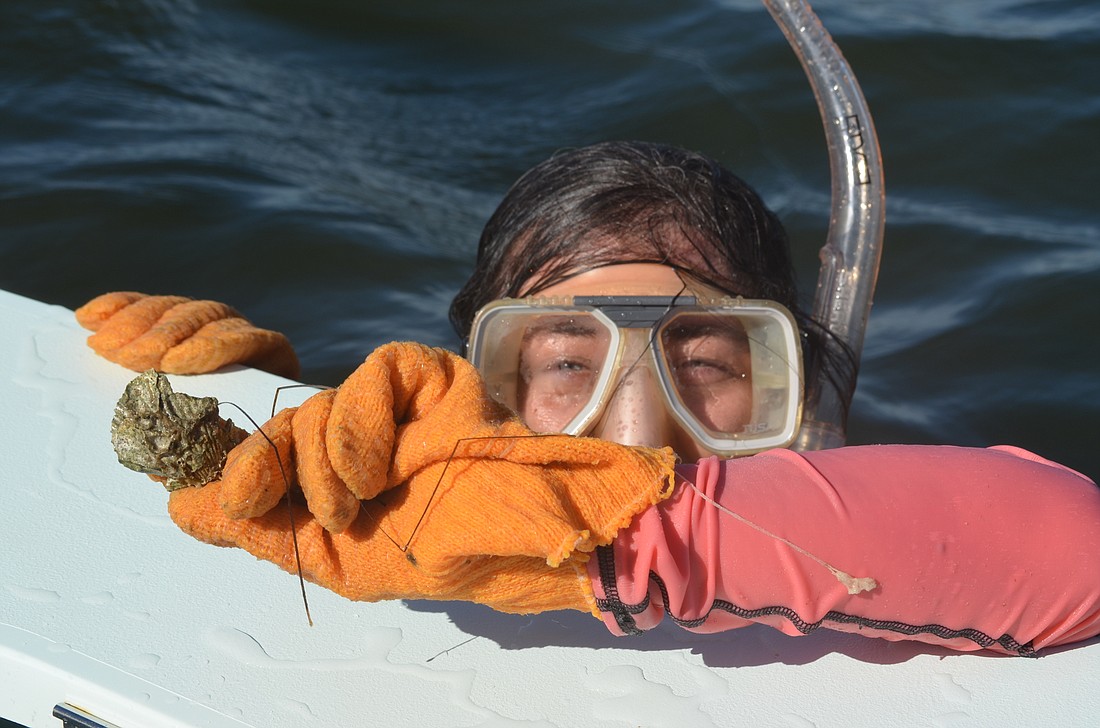- April 23, 2024
-
-
Loading

Loading

Adult scallops filter 100 gallons of water a day but only live for one year. Adult clams can filter 50 gallons of water a day and live for 30 years or more.
As filter feeders, both are essential to a healthy bay, which is why this year, the Sarasota Bay Watch is asking citizens to look for both during the Great Scallop Search of 2017.
“We should change the name to shellfish search,” Sarasota Bay Watch President Larry Stults said.
This year’s search will take place from 8 a.m. to noon on Aug. 26 at the Sarasota Sailing Squadron.
“This is not a harvesting event,” programming director Rhonda Ryan said. “This is an event for citizen scientists to evaluate the local population of scallops and clams.”
Aside from noting Southern hard shell clams, citizen scientists will have the option to explore the north end of Longboat and beyond, a new concept this year.
Previously, the search had started at Mar Vista Dockside Restaurant and Pub, but last year, the search kicked off at the Sarasota Sailing Squadron, leaving the north end of Longboat Key and beyond unexplored.
On Aug. 18, those who register to explore the northern areas will be asked to attend an orientation at Anna Maria Island Sail and Power Squadron to learn more about searching that region.
The scallops found help the Sarasota Bay Watch evaluate age and approximate time of death of those scallops. They can also be used for educational purposes.
When searching, participants will write down the type of grass or bottom they see in their designated area and how many scallops or clam shells they see. But, Ryan said one of the most interesting things to discover is what else people find under the water besides scallops.
“That gives us some idea of predators, she said. “So from a restoration standpoint, that’s interesting.”
A big killer of scallops is red tide. The Sarasota Bay Watch was just beginning to see scallops increasing in the bay when red tide bouts in 2015 and 2016 decreased those populations. However, clams can fight red tide.
“If we could repopulate the bay with Southern hard clams, they would actively be eating it and reducing levels of red tide in the bay,” Stults said.
Stults hopes that in the coming years volunteers find more clams and scallops. Last year, only eight live scallops were found.
“We need to start getting a baseline now of what we have or what we don’t have so we can use that [data] later on,” Stults said.